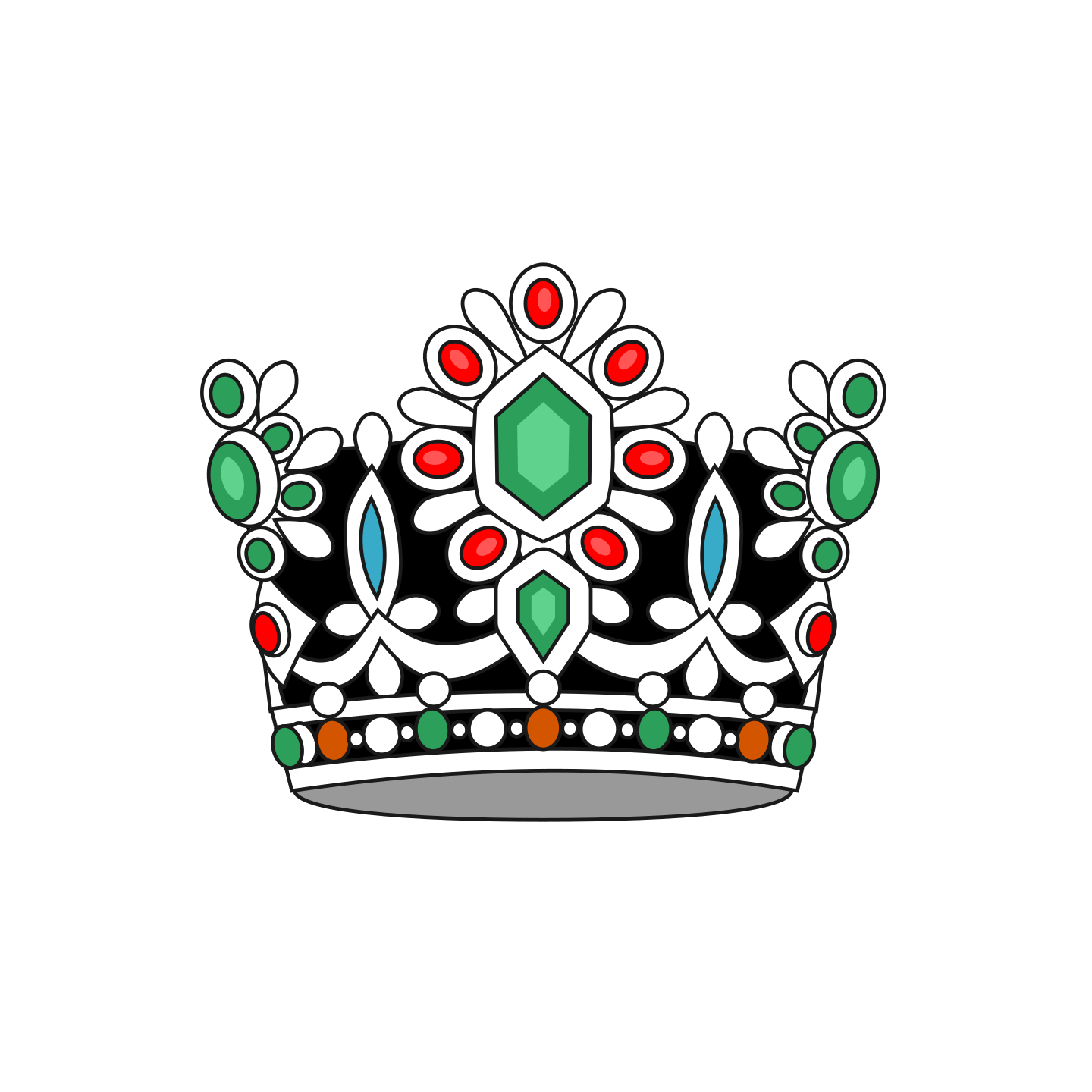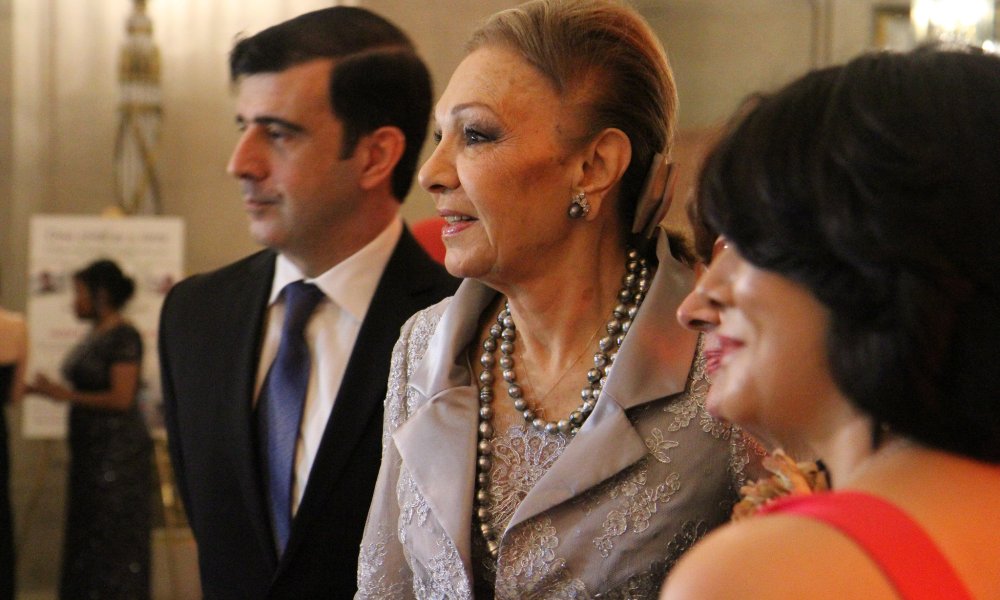Within the basement of the Tehran Museum of Contemporary Art, sealed away from public view the majority of the time, there lies a collection of images bearing silent testimony to a world now long passed. The scenes show men dancing to music, women wearing fashionable clothing sitting in university lectures, and stylish young couples enjoying what is for all appearances a relaxed and easy living. The images could well be of any Western country, but in fact show life in Iran during the final decade of the reign of Shah Mohammad Reza Pahlavi, who would later be deposed during the Iranian Revolution of 1979.
Upon his visit to Tehran in 2015, the then-Foreign Minister of Germany, Frank-Walter Steinmeier arranged to have the photos, along with numerous other Iranian artworks, delivered to Berlin to be exhibited in a new display within the Gemäldegalerie Art Museum. The exhibit was intended to be a way of reconciling Iran with the West by strengthening dialogue and understanding.
However, two years on, Iranian officials have still refused permission for the works to be sent to Berlin. In the meantime, the photos remain in storage out of sight and out of mind.
The photos, captured by Iranian photographer Jila Dejam, form part of a collection started by the Empress of Iran, HIM Farah Pahlavi with numerous other works by Iranian artists of the time. It was all part of the Empress’s vision to present Iran to the world as a modernized, cosmopolitan cultural hub, as well as provide a venue in which contemporary Iranian art could be presented to the country and the world at large. This collection eventually led to the opening of the Tehran Contemporary Art Museum.
In an interview with Der Spiegel, the Empress expressed her disappointment that the Ayatollah had refused permission for the photos to be displayed in Berlin, assuring readers that she would have attended the exhibition given the chance. She saw it as an opportunity to open a window into what life was like for Iranians during the days of the Shah and contrast it with how life was in Iran under the current government.
She further commented that she believed that, in some way, the Ayatollah may be concerned by how young Iranians could respond to depictions of life as it was before the Revolution.
“Many people are still talking about my husband. It gives me energy and courage that Iranians on the street […] kiss and hug me out of the blue, especially young people; people who were born after we had to leave. Through the internet and television, they know what Iran was like at that time. They know what it could have been today, and they blame their parents for what happened.”
At the pressing of the interviewer, HIM elaborated further that it was the ambition of the Shah and herself to bring the country forward, to try and create within Iran a nation that could be modern, progressive, and innovative. The Shah called it “the White Revolution”. Through various projects such as land ownership reforms, broadening of women’s rights, improvements to education and healthcare, and the nationalization of forests and water, the Shah and his wife “wanted to create progress”. The former Empress then highlighted how this already played on Iran’s pre-Islamic history, citing, for example, Cyrus the Great’s cylinder proclaiming equal rights for all his subjects as a precursor to the UN’s Declaration of Human Rights.
“Iran was not a conservative country”, she stressed.
Despite her defense of her husband and his leadership over Iran, she also admitted that mistakes were made and the Revolution was not handled as well as it could have been. The Shah refused to crack down violently on dissenters early during the uprising because he did not want his throne supported through bloodshed, and it seemed that tortures and executions often occurred without the Shah’s knowledge or approval. Likewise, the democratic and cultural reforms that the Shah undertook were slow and angered more conservative elements within Iranian society, especially among the clergy.
Though her exile from Iran was hard on her and her family — two of her children, Princess Leila and Prince Ali-Reza, later committed suicide — Empress Farah Pahlavi remains optimistic for Iran and its future.
“In our long history, Iran has been invaded by so many other countries, and despite it all, the Iranian identity has survived. People are very courageous, especially the women, who are braver than the men.”
Article by: Royal Central



